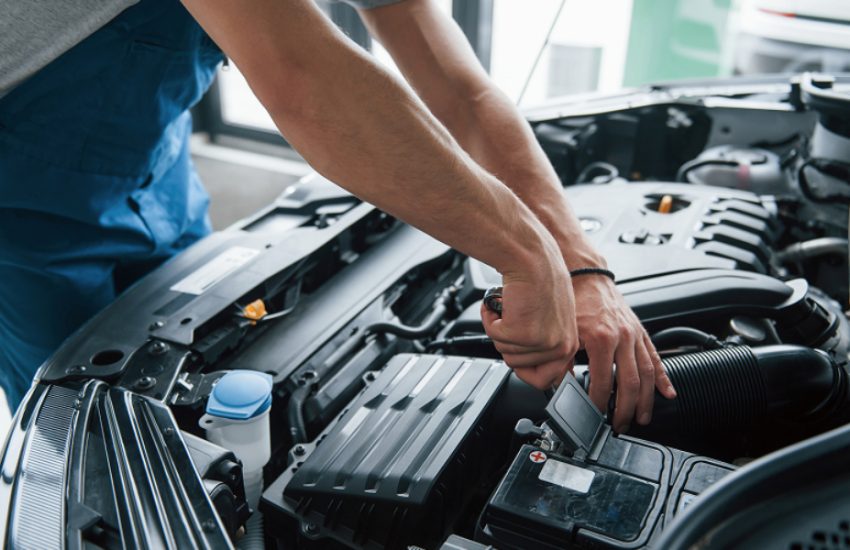How Technicians Handle Blown Interior Light Fuses
Blown interior light fuses are common electrical issues. They prevent cabin lights from functioning properly during night drives. That problem can create discomfort or safety concerns for drivers and passengers. So professional replacement ensures reliable illumination and smooth cabin operation. Then cabins remain bright, safe, and comfortable for every journey. Technicians follow precise procedures to identify, remove, and replace blown fuses. Proper handling prevents further electrical damage and maintains system stability. Interior fuse repair is a small task with big impact on vehicle safety consistently.
Identifying the Blown Fuse
Technicians first locate the fuse panel inside the vehicle carefully. That panel contains multiple fuses for lights, electronics, and other components. So visual inspection and testing tools help determine which fuse is blown. Then the faulty fuse is marked for replacement to avoid confusion. Proper identification ensures the right fuse is handled without disturbing others. A blown fuse usually appears melted, broken, or darkened inside its casing. Technicians confirm the issue using a multimeter to test current flow accurately. Identifying the correct fuse by BMW Repair in Fort Myers, FL prevents misdiagnosis and protects electrical systems effectively.
Selecting the Correct Replacement
Choosing the right fuse is crucial for vehicle safety and performance. That selection is based on voltage, amperage rating, and manufacturer specifications precisely. So technicians consult the vehicle manual or system chart to confirm requirements. Then the replacement fuse is prepared and checked for quality before installation. Proper selection prevents overloads, short circuits, or recurrent fuse failures in cabins. Technicians ensure compatibility with the vehicle electrical system to maintain stability. The correct fuse supports long-term performance of interior lights and electronics reliably. Replacing fuses with accurate specifications avoids damage to other vehicle components consistently.
Testing and Verification
After installation, technicians test all interior lights to ensure functionality. That includes dome lights, map lights, and ambient lighting features carefully. So each light is turned on and observed for brightness, flickering, or delays. Then power flow is checked using multimeters to confirm stable circuits throughout. Proper verification ensures the replacement fuse fully restores normal cabin lighting operation. Professionals also advise drivers on routine checks to detect potential future issues. Testing prevents unnoticed problems and guarantees passenger safety during night travel. Verifying functionality confirms interior lights operate reliably and maintains overall vehicle electrical health.
Conclusion
Handling blown interior light fuses requires careful identification, removal, and replacement. Proper professional attention ensures the correct fuse is installed safely and accurately. That process restores cabin illumination for comfort, visibility, and passenger safety consistently. So testing and verification confirm circuits work correctly without affecting other systems. Then drivers and passengers enjoy well-lit, stress-free, and reliable interior environments. Technicians protect electrical components and prevent recurring failures during maintenance. Professional fuse replacement ensures interior lighting systems remain bright, stable, and dependable for every journey. Maintaining fuses supports overall vehicle electrical health and safety effectively.


